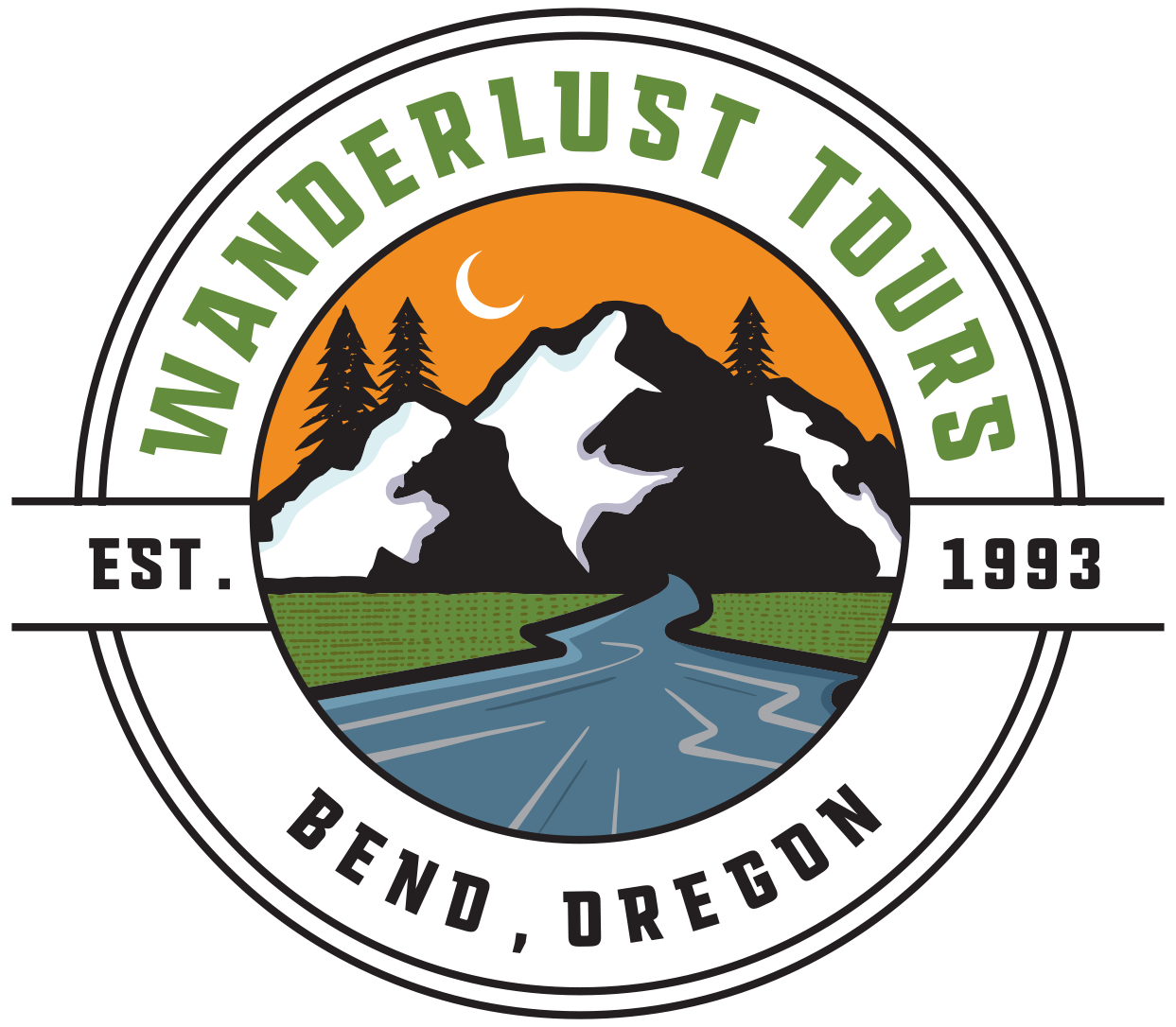As many Bend locals know, The Source Weekly has been rounding up everyone's favorite spots around town for their 2017 "Best Of Central Oregon" issue, which was released this week. We are SO grateful to our awesome community for awarding us with Best Tour Company. Beginning with our humble origin, Dave and Aleta Nissen desired to inspire our clients with the intricacies of Mother Nature. Now our incredible staff maintains the vivacity for sharing nature's beauty along with our cultural history in ways we hope have left an impression on you. Our community is important to us; we strive to model stewardship in every realm of our undertakings. Thank you Central Oregon!
The Source Weekly's Best of Central Oregon
In the spirit of the best, this week we've put together a Day of Bests in Bend. Travel with us through the day in the life of a Bendite as we pay tribute to other local businesses featured in this week's issue of The Source...
In order to make the most of everyday, you wake up with the sun around 6:15 and scroll through the best blog, Living The Bend Life, while listening to 92.9 KRXF, Bend's best radio station. Now you grab your bike and ride over to barre3 for a class at the best exercise studio, making sure to stop at Backporch Coffee Roasters for Bend's best cup of coffee to get you started. After a high-intensity workout, you're feeling great - and hungry! Best breakfast in Bend is at McKay Cottage, so you meet some friends to grub on their lemon ricotta pancakes with fresh summer berries.
Now that you've eaten all the calories you burned off this morning, it's time for your volunteer shift with Bend's best nonprofit, Bend Spay and Neuter Project. Because this is Bend, of course you have your own dog! So you make sure to grab a new bag of treats at BSNP's sponsor, Bend Pet Express, which also happens to be Bend's best pet store.
A few hours and a lot of belly rubs later, you've worked up an appetite again. It's a gorgeous, quintessential Bend day so of course you want to hit the best patio dining at Cabin 22. You order the RPM pork wings because 1) they're delicious, and 2) they're made with Bend's best locally brewed beer AND best IPA, Boneyard's RPM. As you digest your yummy lunch you start to think about your evening plans.
You've got a birthday dinner to attend for a friend, so you head to downtown to shop for a gift. But you can't make it out of the Westside without stopping at Bend's best growler fill, The Growler Guys, to fill up your Hydroflask (aka Bend's best locally-made product) with some fresh Humm Kombucha, another best in Bend. Sensing a pattern here?
With a full tummy and a stocked growler, you ride over to Ju-bee-lee to shop for a birthday gift. Where else would you shop for a gift, besides Bend's best gift shop? After you find the perfect present, you stop by Bend's best bank, OnPoint Credit Union, to pull some cash for Bend's best produce at the Brooks Alley Farmers Market.
After a day full of exercise, good eats, volunteering and shopping, you deserve a drink. 900 Wall has the best happy hour, so you go for a lemondrop to pass the next hour before meeting for dinner at the best fine dining restaurant, Zydeco. No birthday dinner is complete without birthday dessert, which you find around the corner at Bend's best Bontà Gelato. Then the real festivities begin at the best bar, Dogwood Cocktail Cabin, down the street. You enjoy a few celebratory drinks, but you're not in college anymore so you wake up the next morning with a bit of a headache. You know you HAVE to start your day with the best hangover grub in town, at the D&D Bar and Grill, and go on to live another day to the fullest in the best town, Bend.
And now it is our turn to have a celebratory drink, and to once again say thank you to our Bend Friends. We love our community and are thrilled to continue sharing the natural wonders and cultural history of Central Oregon.







